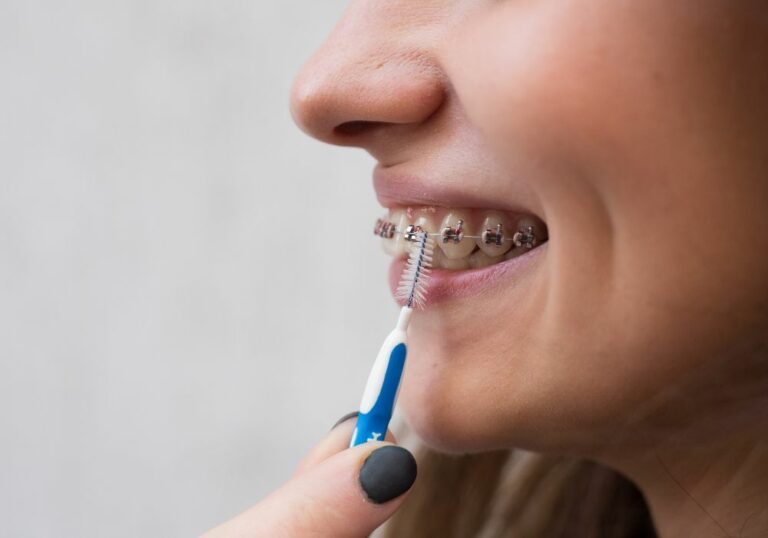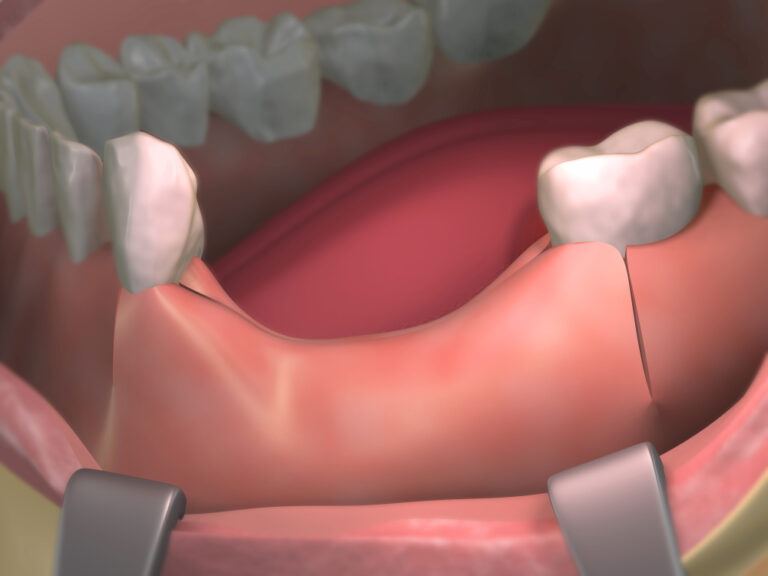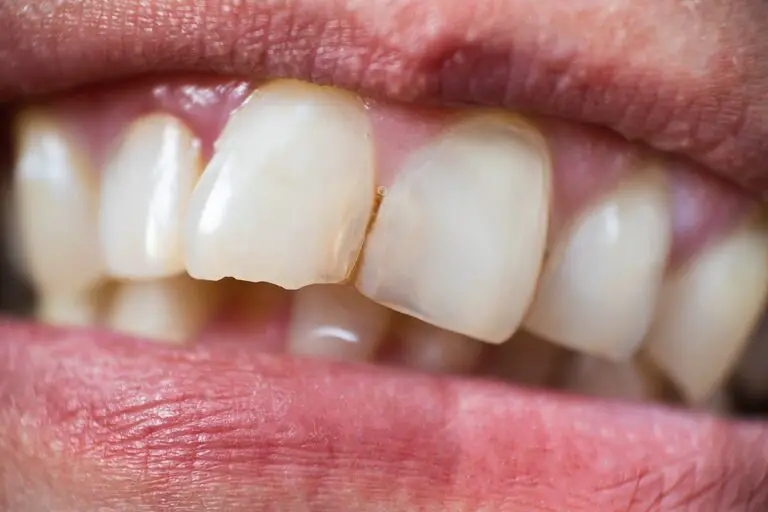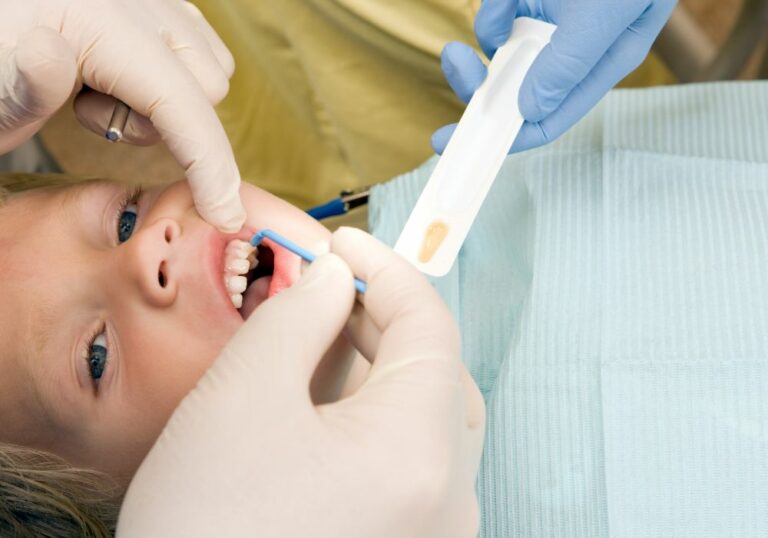Have you ever wondered what a perfect tooth looks like? You’re not alone. Many people strive for the perfect smile, and teeth play a significant role in achieving it. But what exactly is a perfect tooth, and how can you achieve it?
In general, a perfect tooth is one that is healthy, straight, and properly aligned. It should have a smooth surface, without any chips, cracks, or discoloration. The size and shape of the tooth should be proportionate to the rest of your teeth and face, and the gums should be healthy and pink. Achieving the perfect tooth requires proper dental care, including regular brushing, flossing, and dental check-ups.
However, it’s important to note that perfection is subjective. What one person considers a perfect tooth may differ from another. Factors such as cultural norms, personal preferences, and individual facial features can all influence what is considered perfect. Ultimately, the goal should be to have healthy teeth that you feel confident and comfortable with. In this article, we’ll explore what makes a tooth perfect and offer tips on how to achieve it.
Understanding a Perfect Tooth
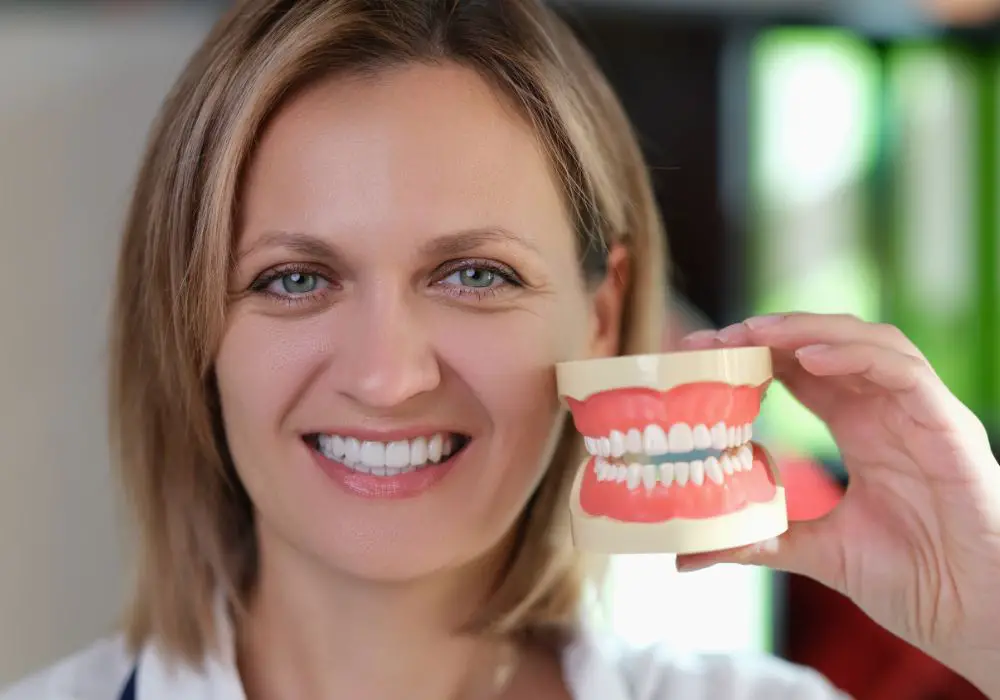
When it comes to having a perfect smile, having perfect teeth is an essential part of the equation. But what exactly makes a tooth perfect? Here are some key factors to consider:
Alignment
A perfect tooth should be straight and properly aligned with the other teeth in your mouth. This means that it should fit comfortably in your bite and not cause any discomfort or pain when you chew or speak.
Proportions
The proportions of a perfect tooth are also important. The two front teeth should be rectangular in shape and taller in height than in width. The lateral incisors, which are the two teeth on either side of the front teeth, should be smaller and about 80% the size of the front teeth.
Color
A perfect tooth should be a natural shade of white, not too yellow or too bright. It should match the color of your other teeth and look natural when you smile.
Cleanliness
A perfect tooth should be free of plaque and tartar buildup, and should be brushed and flossed regularly to maintain good oral hygiene. Neglecting your teeth can lead to gum disease, cavities, and other dental problems.
Overall Health
Finally, a perfect tooth should be healthy and strong. This means that it should be free of decay, cracks, or other damage that can compromise its strength and longevity.
By focusing on these key factors, you can work towards achieving a perfect tooth and a beautiful smile.
Anatomy of a Perfect Tooth
When it comes to a perfect tooth, there are several aspects to consider. A tooth is made up of different layers, each with its unique function. Understanding the anatomy of a tooth can help you appreciate the importance of taking good care of your teeth. Here are the different parts of a tooth that make it perfect:
Enamel
The enamel is the outermost layer of the tooth and is the hardest substance in the human body. It is translucent and covers the crown of the tooth. Enamel protects the inner layers of the tooth from damage caused by chewing, grinding, and biting. It is also responsible for the tooth’s color, which can range from white to yellowish.
Dentin
The dentin is the layer beneath the enamel and makes up the bulk of the tooth. It is a hard, yellowish tissue that provides the tooth with its shape and structure. Dentin contains microscopic tubules that connect to the nerve endings in the pulp and can cause sensitivity when exposed.
Pulp
The pulp is the innermost layer of the tooth and contains nerves, blood vessels, and connective tissues. It is responsible for the tooth’s sensory functions, such as feeling hot and cold. The pulp also helps to nourish and hydrate the tooth.
Cementum
The cementum is a layer of hard, bony tissue that covers the root of the tooth. It helps to anchor the tooth to the jawbone and provides a surface for the periodontal ligament to attach to.
Periodontal Ligament
The periodontal ligament is a group of fibers that attach the tooth to the jawbone. It acts as a shock absorber and allows the tooth to withstand the forces of chewing and biting. The periodontal ligament also helps to maintain the position of the tooth in the mouth.
In summary, a perfect tooth has a strong enamel, healthy dentin, nourished pulp, sturdy cementum, and a resilient periodontal ligament. Taking care of your teeth by brushing, flossing, and visiting the dentist regularly can help maintain the perfect anatomy of your teeth.
Characteristics of a Perfect Tooth
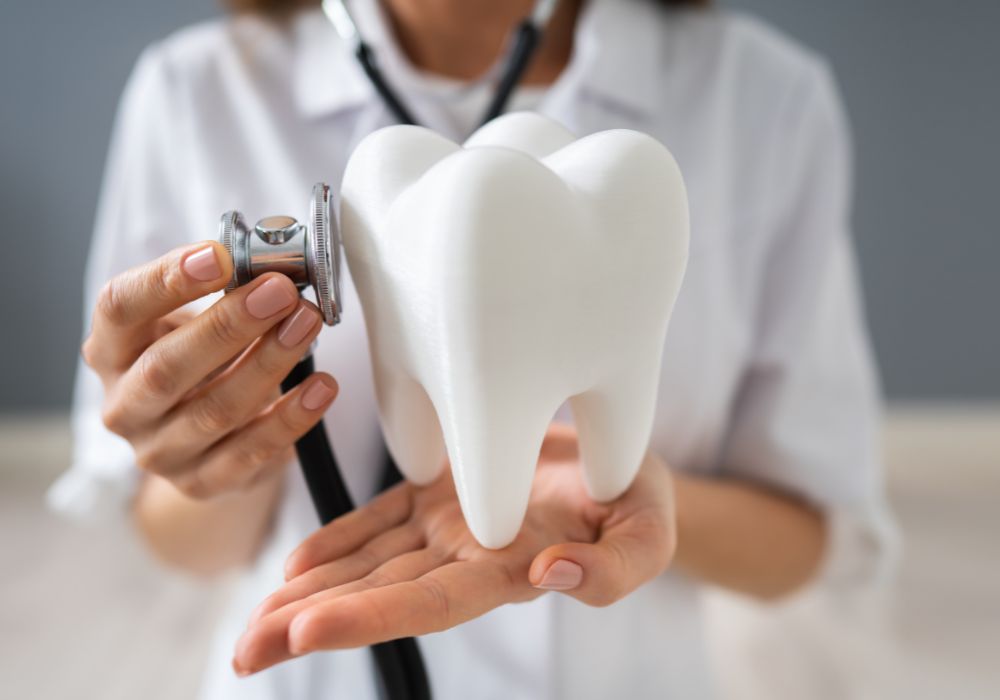
When it comes to having a perfect smile, having perfect teeth is essential. A perfect tooth is not just about having a white and shiny surface. It also involves having a proper shape, size, alignment, and cleanliness. Here are some of the characteristics of a perfect tooth.
Shape and Size
The shape and size of a tooth are crucial in creating a perfect smile. The ideal tooth shape is rectangular, with rounded edges. Teeth that are too small or too large can affect the overall appearance of your smile. The size of your teeth should be proportionate to your facial structure, with the front teeth being slightly larger than the surrounding teeth.
Color
The color of your teeth is also an essential factor in achieving a perfect smile. Ideally, your teeth should be a natural shade of white, but not too bright that they look fake. Yellow or discolored teeth can be a result of poor dental hygiene, smoking, or certain foods and drinks. Regular dental cleanings and avoiding staining foods and drinks can help maintain a natural white color.
Alignment
The alignment of your teeth is crucial in creating a perfect smile. Straight teeth not only look better, but they also make it easier to maintain good oral hygiene. Crooked or misaligned teeth can cause issues such as difficulty cleaning, uneven wear, and even jaw pain. Orthodontic treatments such as braces or clear aligners can help correct misaligned teeth and improve your smile.
Cleanliness
A perfect tooth is a clean tooth. Good oral hygiene is essential in maintaining healthy teeth and gums. Brushing twice a day, flossing daily, and regular dental cleanings can help prevent tooth decay, gum disease, and other dental issues. A clean tooth also looks better and can help maintain a natural white color.
In conclusion, having a perfect tooth involves more than just having a white and shiny surface. A perfect tooth is one that is properly shaped, sized, aligned, and clean. By maintaining good oral hygiene and seeking orthodontic treatment when necessary, you can achieve a perfect smile with perfect teeth.
Factors Affecting Tooth Perfection
Tooth perfection is a subjective term that can vary from person to person. However, there are certain factors that can affect the overall appearance and health of your teeth. Here are some of the most important factors that can affect tooth perfection:
Genetics
Genetics play a significant role in determining the size, shape, and alignment of your teeth. Some people are born with naturally straight teeth, while others may have crooked or misaligned teeth due to genetics. Additionally, the color of your teeth is also influenced by genetics, with some people having naturally whiter teeth than others.
Diet
Your diet can also affect the health and appearance of your teeth. Consuming foods that are high in sugar and starch can increase the risk of tooth decay and cavities. On the other hand, eating a diet that is rich in calcium and other essential nutrients can help to strengthen your teeth and promote overall dental health.
Oral Hygiene Practices
Maintaining good oral hygiene practices is essential for achieving tooth perfection. Regular brushing and flossing can help to remove plaque and prevent the buildup of harmful bacteria in your mouth. Additionally, visiting your dentist for regular checkups and cleanings can help to detect and prevent dental problems before they become more serious.
In summary, genetics, diet, and oral hygiene practices can all play a significant role in determining the health and appearance of your teeth. By taking care of your teeth and practicing good oral hygiene habits, you can help to achieve tooth perfection and maintain a healthy smile for years to come.
Maintaining a Perfect Tooth
To maintain a perfect tooth, it’s essential to practice good dental hygiene habits. Here are some tips to help you keep your teeth healthy and beautiful.
Regular Dental Check-ups
Regular dental check-ups are crucial to maintaining a perfect tooth. Your dentist can detect any problems early on and provide treatment before they become more serious. It’s recommended that you visit your dentist every six months for a routine check-up and cleaning.
During your check-up, your dentist will examine your teeth and gums for signs of decay, gum disease, and other issues. They may also take X-rays to check for any problems that are not visible to the naked eye. Your dentist will also clean your teeth to remove any plaque or tartar buildup that can cause tooth decay and gum disease.
Proper Brushing Technique
Brushing your teeth twice a day is essential to maintaining a perfect tooth. To brush your teeth properly, use a soft-bristled toothbrush and fluoride toothpaste. Hold the brush at a 45-degree angle to your teeth and brush in circular motions. Be sure to brush all surfaces of your teeth, including the fronts, backs, and tops.
Brushing too hard can damage your tooth enamel and gums, so be gentle. Brush for at least two minutes each time, and don’t forget to brush your tongue to remove any bacteria that can cause bad breath.
Flossing
Flossing is just as important as brushing when it comes to maintaining a perfect tooth. Flossing removes food particles and plaque from between your teeth and along the gumline, where your toothbrush can’t reach. It’s recommended that you floss at least once a day, preferably before bedtime.
To floss properly, use a piece of floss about 18 inches long. Wrap the floss around your fingers and gently insert it between your teeth. Move the floss up and down along the sides of each tooth, making sure to reach the gumline. Use a clean section of floss for each tooth to avoid spreading bacteria.
By following these tips, you can maintain a perfect tooth and enjoy a healthy, beautiful smile for years to come.
Common Threats to a Perfect Tooth
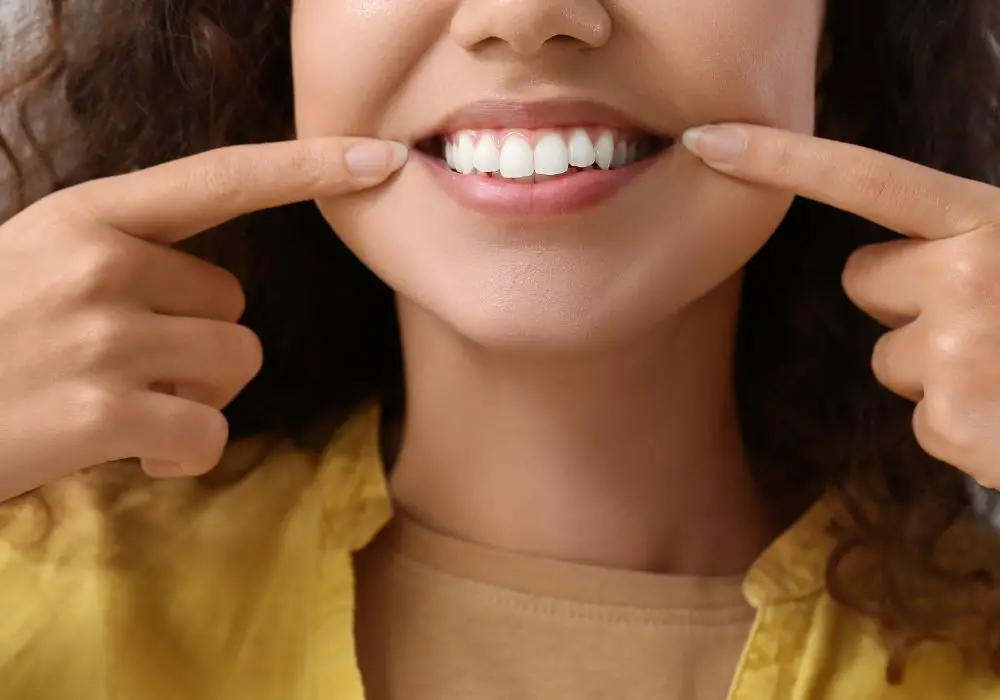
When it comes to maintaining a perfect tooth, there are several threats that you should be aware of. Here are some of the most common threats to your teeth and how to prevent them.
Tooth Decay
Tooth decay is one of the most common threats to a perfect tooth. It occurs when the bacteria in your mouth produce acids that erode the enamel of your teeth. This can lead to cavities, which can cause pain and even tooth loss if left untreated.
To prevent tooth decay, it is important to brush your teeth twice a day with fluoride toothpaste and floss daily. You should also avoid sugary and acidic foods and drinks, as they can contribute to tooth decay.
Gum Disease
Gum disease, also known as periodontal disease, is a bacterial infection that affects the gums and can lead to tooth loss if left untreated. It is caused by the buildup of plaque and tartar on the teeth, which can irritate and inflame the gums.
To prevent gum disease, it is important to brush and floss regularly to remove plaque and tartar buildup. You should also visit your dentist for regular cleanings and checkups.
Injury
Injury is another common threat to a perfect tooth. Accidents such as falls or sports-related injuries can cause chips, cracks, or even knock out teeth.
To prevent injury to your teeth, it is important to wear a mouthguard when playing sports and to be cautious when engaging in activities that could result in dental injury.
In conclusion, maintaining a perfect tooth requires a combination of good oral hygiene habits and preventative measures to avoid common threats such as tooth decay, gum disease, and injury. By taking care of your teeth and visiting your dentist regularly, you can help ensure that your teeth stay healthy and strong for years to come.
Frequently Asked Questions
How can I achieve a celebrity-like perfect teeth shape?
Achieving a celebrity-like perfect teeth shape requires a combination of factors, including proper oral hygiene, regular dental checkups, and cosmetic dentistry procedures such as teeth whitening, dental veneers, or orthodontic treatment. A cosmetic dentist can help you determine the best course of action for achieving your desired results.
What are some natural ways to achieve the perfect teeth shape?
While cosmetic dentistry procedures can help improve the appearance of your teeth, there are also natural ways to achieve a perfect teeth shape. These include maintaining a healthy diet, avoiding sugary and acidic foods and drinks, quitting smoking, and practicing good oral hygiene habits such as brushing and flossing regularly.
What is the ideal alignment for teeth?
The ideal alignment for teeth is one where they are straight, evenly spaced, and properly aligned with the jawbone. Proper alignment ensures that your bite is even and that you can chew and speak properly.
What makes teeth look pretty?
Several factors contribute to making teeth look pretty, including their color, shape, and alignment. Teeth that are white, evenly shaped, and properly aligned with the jawbone are generally considered more attractive.
How do braces affect the appearance of teeth?
Braces can help improve the appearance of teeth by straightening them and correcting any alignment issues. While braces may be visible during treatment, they can ultimately lead to a more attractive and confident smile.
What is the perfect bite alignment for teeth?
The perfect bite alignment for teeth is one where the upper and lower teeth fit together comfortably and evenly. This ensures that your bite is strong and that you can chew and speak properly. A dentist or orthodontist can help determine if your bite is properly aligned and recommend any necessary treatment.


